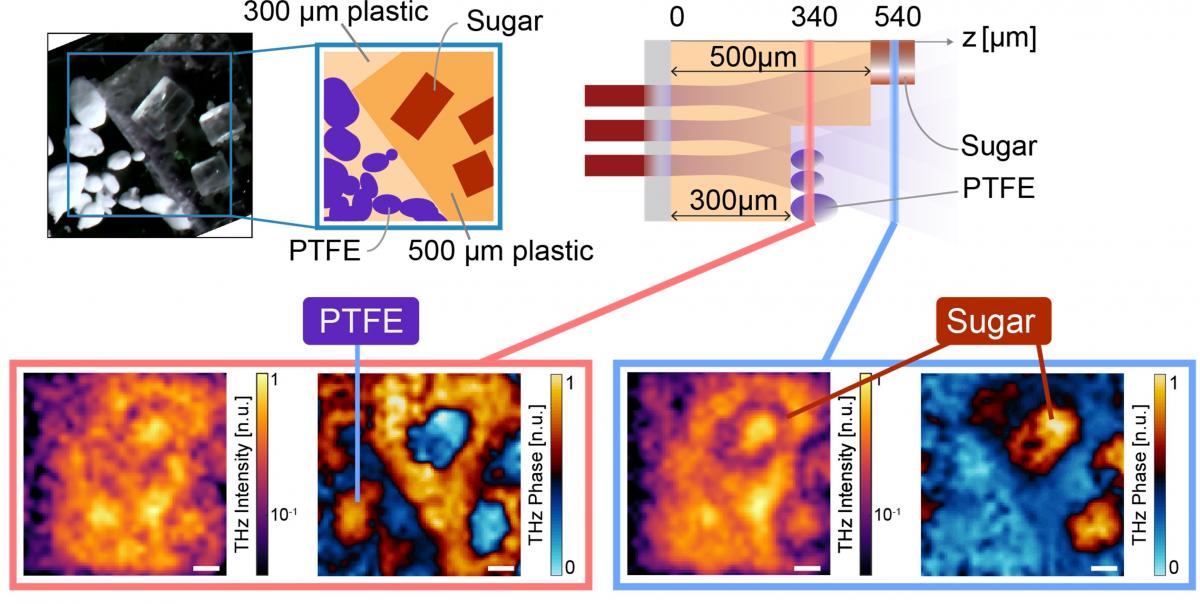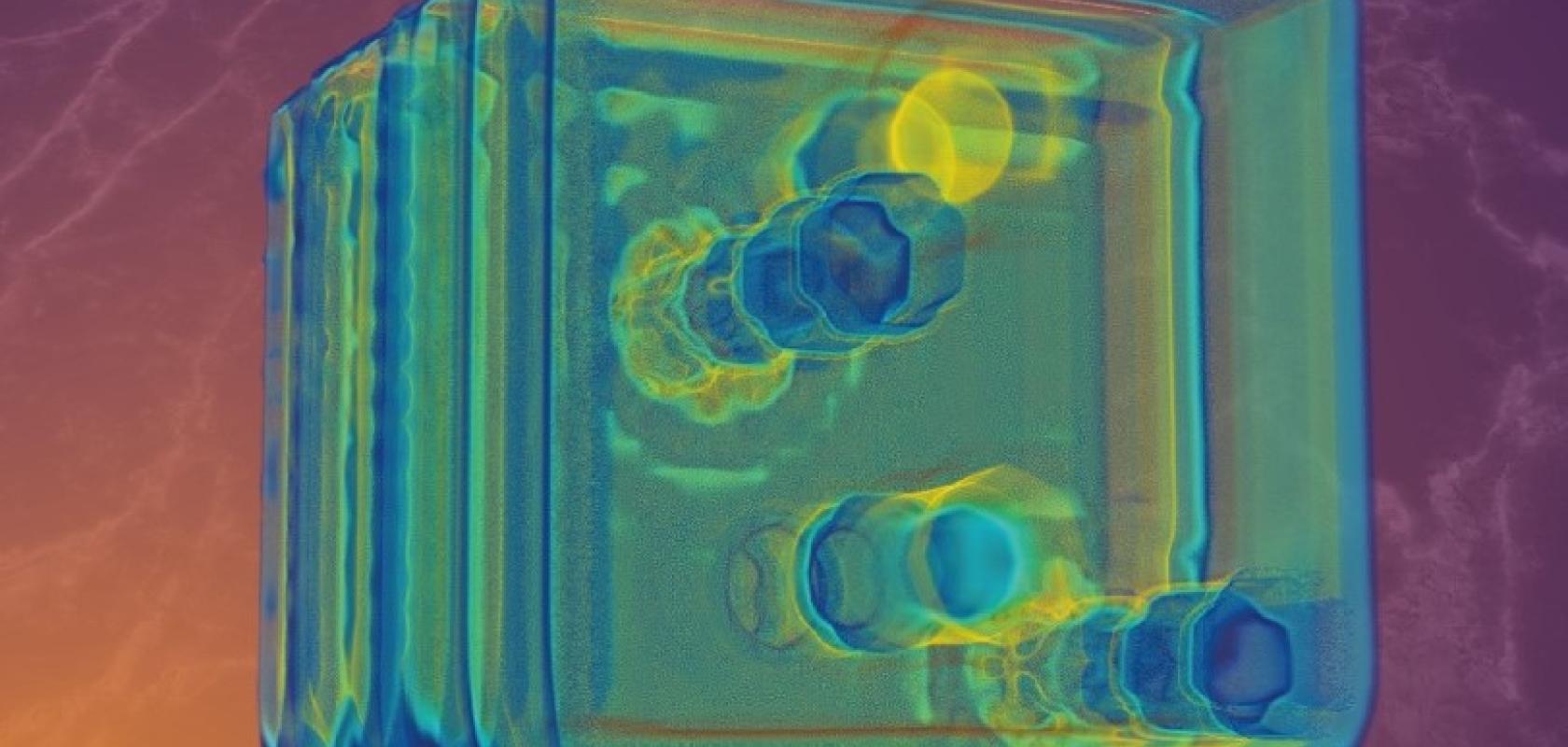Researchers at Loughborough University have shown that a terahertz waves camera can capture 3D images of microscopic items, suggesting that terahertz waves could be used for microscopy in future.
The team, led by Dr Luana Olivieri in collaboration with the Emergent Photonics Research Centre (EPic), demonstrated that terahertz waves can be used to identify embedded objects and features such as cracks and bubbles in microscopic three-dimensional space.
Their method allows smaller objects to be seen more clearly in 3D.
Until now, the method was only proven to work on 2D objects, the university says, claiming the new approach is a 'major breakthrough'.
Although in its early stages, the scientists say their work could have “major implications for a range of fields with relevance in cancer screenings, security, and materials research”.
Terahertz waves, which sit between microwave and infrared light on the electromagnetic spectrum, are still relatively unexplored. However, they have unique properties such as the ability to penetrate opaque objects without causing harm.
The team says that terahertz imaging infamously struggles to view microscopic objects – something they have overcome with an approach called time-resolved nonlinear ghost imaging. The method combines several advanced detection methods and involves manipulating light and measuring how it travels through an object over time.

Top left: Photographic image of the cube with objects embedded in it. The pop-out image is a graphical sketch showing objects made of plastic, sugar and PTFE (a synthetic polymer) embedded at different depths. Top right: A 3D graphical sketch showing terahertz waves passing through the cube. Bottom: Real images captured by the terahertz wave camera. The images show objects embedded in the cube were detected at different depths. (Image: Loughborough University).
In their study, published in ACS Photonics, the researchers proved the technique can capture 3D images of microscopic items by probing 4mm by 4mm by 600µm (microns) cubes with terahertz radiation.
The researchers' imaging technique allowed them to create precise 3D images of the cubes, revealing the chemical and physical properties of items inside the cubes, including features as small as 60 microns, equivalent to the width of a human hair. Terahertz waves, typically used for identifying objects of 300 microns or larger, had not been used for microscopy before, according to the university.
“This new approach allows us to see things that are too small or too obscured to be within reach of traditional methods”, Dr Olivieri said. “Reading the story of how light has travelled through an object is often a complex task, but with this process, we can retrieve the information encrypted, unravelling the multidimensional data to unveil hidden and ‘invisible’ objects at the microscale.”
She added: “Most importantly, terahertz allows us to see through objects that are not transparent with visible light and produce 3D images.”
Dr Luke Peters, who also worked on the study, said: “In medicine, terahertz imaging could be used to detect and diagnose skin cancers that are not visible to the naked eye. In security, it could be used to improve the resolution of scanners that are used to search people for concealed weapons or explosives, without the need for physical pat-downs or intrusive searches.”
He went on name other applications: “In materials science, terahertz imaging could be used to study the properties of new materials and identify defects or impurities that may affect their performance. Our work allows us to expand these capabilities into the microscopic domain. I am enthusiastic about the potential benefit for society.”


